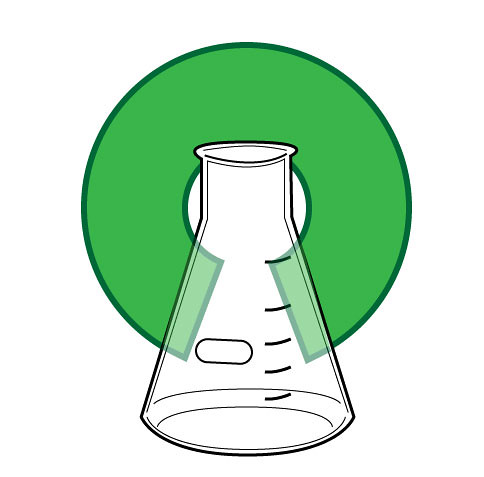Open access literature is digital, online, free of charge, and free of most copyright and licensing restrictions.
There’s an incredible amount of scientific research conducted at universities and institutions around the world. Historically, the findings of this research have been published in scholarly journals. However, access to this research is typically restricted–granted only to those who are granted permission via their university affiliation, or by purchasing access to individual articles. This is fundamentally problematic, formany reasons:
- Governments provide most of the funding for research—hundreds of billions of dollars annually—and public institutions employ a large portion of all researchers.
- 研究人员发表他们的发现时并不期望得到补偿。与其他作家不同,他们把自己的作品无偿交给出版商,以促进人类知识的发展。
- Through the process of peer review, researchers review each other’s work for free.
- Once published, those that contributed to the research (from taxpayers to the institutions that supported the research itself) have to pay again to access the findings. Though research is produced as a public good, it isn’t available to the public who paid for it.
Open access publishing is a solution to these problems. Open access literature isdefinedas“digital, online, free of charge, and free of most copyright and licensing restrictions.”The recommendations of theBudapest Open Access Declaration—including the use of liberal licensing (such asCC BY)—被社会广泛认可为使作品真正开放获取的一种手段。
The existing system for producing and distributing publicly funded research articles is expensive and doesn’t take advantage of the possibilities of innovations like open licensing. Without a free-flowing system, access to the results of scientific research is limited to institutions that are able to commit to hefty journal subscriptions — paid for year after year — which don’t allow for broad redistribution, or repurposing for activities such as text and data mining without additional permissions from the rightsholder. This closed system limits the impact on the scientific and scholarly community and progress is slowed significantly.

When funding cycles for research include open license requirements for publications, increased access and opportunities for reuse extends the value of research funding. As an example, the US National Institutes of Health (NIH) Public Access Policy requires the published results of allNIH-funded researchto be deposited in PubMed Central’s repository, the peer-reviewed manuscript immediately, and the final journal article within twelve months of publication. Similarly, thedirectiveissued by the White House Office of Science and Technology Policy mandates that federal agencies with more than $100 million in research expenditures must make the results of their research publicly available within one year of publication, and better manage the resultant data supporting their results. These policies utilize aspects of the optimized cycle below, and are a step in the right direction for making better use of public funding for research articles.

Open access policies and practices are being adopted in a variety of different settings. Above and beyond open licensing policies for publicly funded research,philanthropic foundations,NGOs, andintergovernmental organizationsare using open licensing to share the research that they–or their grantees–are creating.Open access journalsare publishing Creative Commons-licensed research, which promotes access and re-use of scientific and scholarly research.




